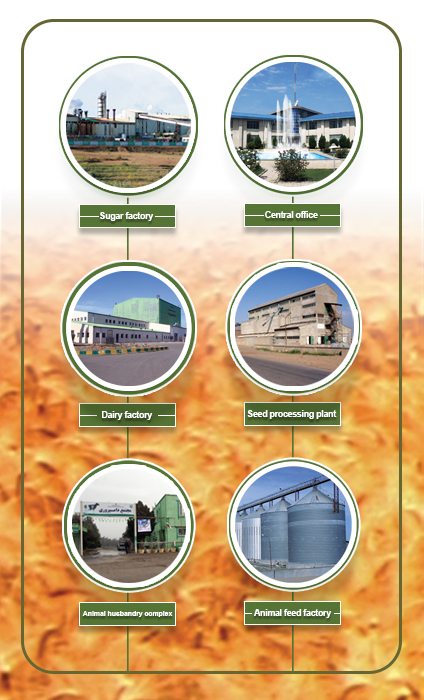
The fertile Moghan plain, with an area of approximately 350,000 hectares, is located in west of the Caspian Sea and the northernmost part of Iran. Aras River, which passes through its northern part, forms the borderline between the countries of the Islamic Republic of Iran and the Republic of Azerbaijan.
To see the satellite location of the Moghan region, please click...
The plain, which is located at 39.42-39.20 degrees N and 47.48-30.30 degrees E meridian, has relatively hot and humid summers and mild and sometimes cold winters. The average heat in this plain is 20.7 degrees Celsius and the average cold is 3.2 degrees Celsius throughout the year. The maximum temperature in July and August rarely reaches 40 degrees Celsius, and the minimum temperature in December and February usually reaches 8 degrees Celsius below zero. In 1923, the minimum temperature in winter reached 17 degrees Celsius below zero, and in summer 1925, the maximum temperature reached 42.5 degrees Celsius. The mean annual rainfall in Moghan Plain is very variable and has reached from a minimum of 79 mm to a maximum of 523 mm, and its average in the last 30 years has been reported as 291 mm. The soil of Moghan plain is classified in three types of physiography: river terrace, plain, and plateau.
According to the soil physiography and based on the semi-detailed studies of ICI Guide Consultants, about 30 soil types with different phases have been identified in this area. The soil texture is relatively light in the river terraces, heavy in the middle plain and semi-heavy and heavy in the highlands. In general, it can be said that the soil of Moghan Plain is suitable for planting all agriculture crops. The source of water supply in this plain is the Aras River, which can be used for most crops with a pH of 4.7 and moderate salinity.


